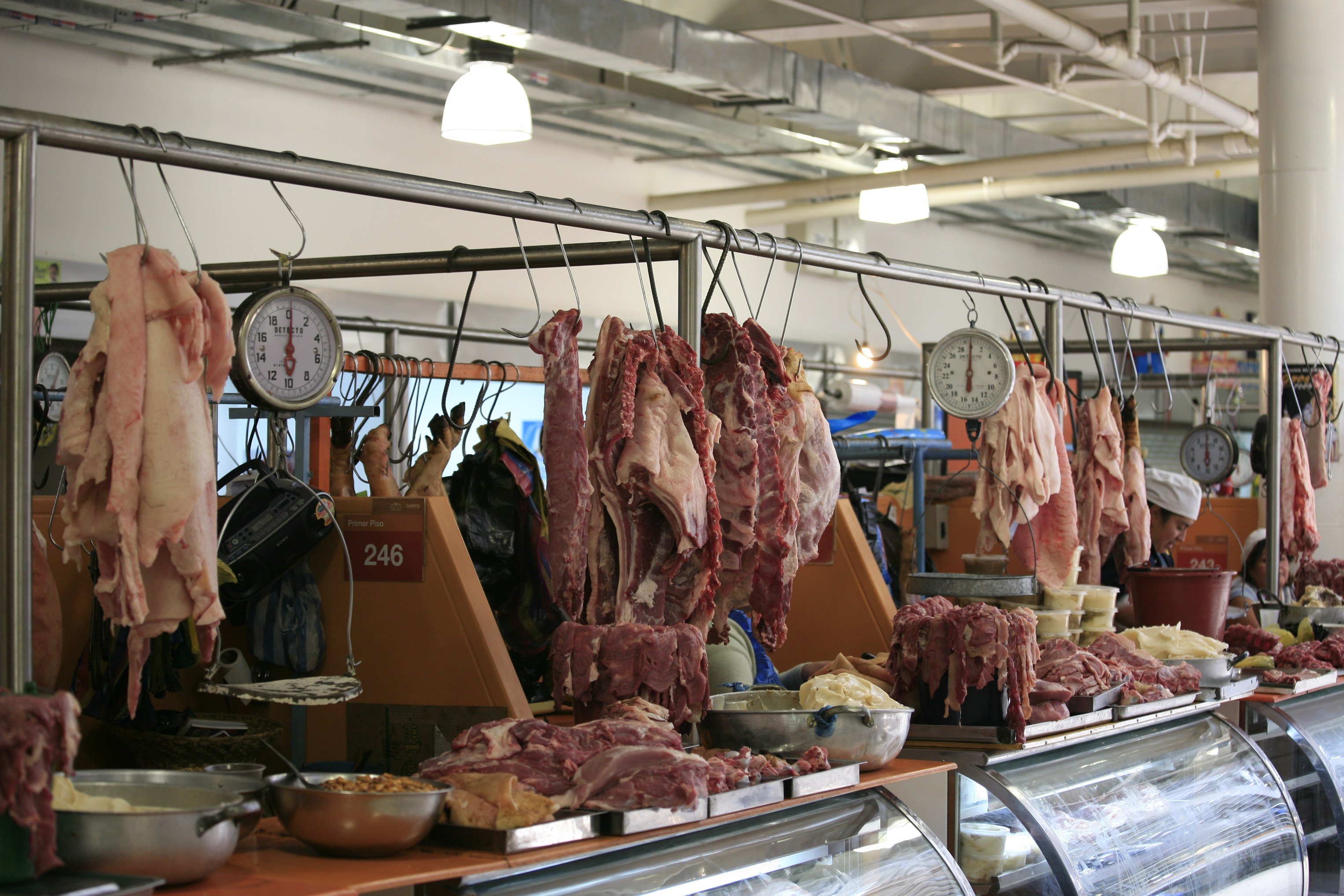Bagley Farms Meat Market Edwardsville IL: Your Best Location for Regional Meat Selection
Bagley Farms Meat Market Edwardsville IL: Your Best Location for Regional Meat Selection
Blog Article
Reveal the Art of the Butcher's Cut in a Modern Meat Market
In the ever-evolving landscape of modern meat markets, the butcher's cut has actually transcended its conventional origins, merging olden workmanship with modern methods. What truly sets the modern butcher apart is their capacity to forge a deeper link between consumers and the beginnings of their meat.
Development of Butchery Techniques

The mid-20th century saw butchery techniques better fine-tuned by clinical insights right into muscle mass biology and meat aging, improving both inflammation and taste. Innovations like vacuum cleaner packaging and refrigeration expanded product shelf-life, allowing butchers to branch out offerings and boost quality assurance. This period also noted the rise of specific equipment, such as band saws and meat slicers, which enhanced accuracy and effectiveness in meat handling.
The 21st century has introduced electronic modern technology into the butchery realm. Digital systems now assist in tracking pet provenance and maximizing cuts to satisfy specific client preferences. In addition, a renewal in artisanal butchery has emerged, blending traditional abilities with contemporary expertise to deal with consumers seeking ethical and lasting meat alternatives. This development highlights a dynamic interplay between custom and technology, conference contemporary demands while protecting the craft's heritage.

Understanding Meat Cuts

Recognizing the complexities of meat cuts is essential for both butchers and customers looking for top quality and value. For butchers, specific cuts reflect ability and respect for the craft, guaranteeing minimal waste and optimum yield.
The key categories of meat cuts consist of primal, sub-primal, and retail cuts. Primal cuts, such as the loin, rib, and chuck, are the huge areas originally separated from the carcass. Butchers then damage these down additionally into sub-primal cuts, before lastly creating retail cuts readily available to consumers, like ribeye or tenderloin. Each stage needs cautious interest to physiological framework and muscle structure.
Comprehending muscular tissue composition is vital; muscular tissues utilized a lot more regularly by the pet often tend to be harder and are best suited for slow food preparation approaches, while less-used muscular tissues, like those located in the loin, are more tender and perfect for grilling or roasting. Familiarity with these distinctions encourages consumers to make enlightened choices, improving their cooking ventures.
Selecting High Quality Meat
Selecting the appropriate meat includes even more than just choosing a visually attractive piece from the screen. The art of selecting high quality meat calls for a discerning eye and knowledge of certain check features that symbolize quality and excellence.
Secondly, consider the marbling, which describes the white streaks of fat within the muscular tissue. Proper marbling is a vital indicator of tenderness and flavor, as it thaws during cooking, enhancing the meat's juiciness. Remember, greater marbling commonly associates with exceptional quality cuts, such as USDA Prime.
Appearance is one more essential variable; meat needs to really feel solid to the touch, not slimy or excessively soft. Additionally, bear in mind the fragrance. Fresh meat must have a tidy, neutral scent, cost-free from any sour or repulsive smells.
Pairing Cuts With Cooking Methods
Successfully pairing cuts helpful site of meat with the appropriate food preparation methods is necessary for achieving optimal taste and structure. Various cuts differ in inflammation, marbling, and connective cells web content, each needing particular strategies to unlock their capacity. Tender cuts like filet mignon and ribeye, with their integral marbling, advantage from high-heat, quick-cooking techniques such as barbecuing or pan-searing. These techniques enhance the meat's all-natural tastes and ensure a juicy coating.
Alternatively, harder cuts like brisket and chuck roast are abundant in collagen, which damages down into jelly when prepared slowly. These cuts are optimal for braising or slow-moving roasting, enabling the meat to soften gradually and create deep, complex flavors. In a similar way, cuts such as short ribs and pork shoulder make out well with slow-cooking approaches, where expanded cooking times change their robust textures into delicious recipes.
Lamb shanks and oxtail, which call for long term food preparation to tenderize, are perfect prospects for stewing or slow-moving simmering. These approaches coax out abundant, hearty tastes while maintaining wetness. By recognizing the one-of-a-kind characteristics of each cut, chefs and home cooks alike can boost their culinary developments, ensuring each recipe is both satisfying and remarkable.
The Butcher's Function Today
Navigating the evolving landscape of the modern-day meat market, the butcher's role today expands past mere prep work of cuts. Contemporary butchers are culinary artisans, educators, and advocates for sustainable practices. They bridge the void in between the farm and the fork by making certain honest sourcing, recognizing pet husbandry, and prioritizing openness in the supply chain. This change shows the expanding customer need for top quality over quantity, where provenance and pet welfare are vital.
Along with crafting accurate cuts, butchers currently engage straight with consumers, supplying cooking advice and customizing selections to match individual needs and choices. Their proficiency in meat aging, marbling, and flavor accounts encourages consumers to make enlightened decisions, boosting their culinary experiences. This individualized service exhibits the butcher's evolving duty as a relied on advisor in the kitchen area.
Moreover, butchers are essential site web in reducing waste, using whole animals to develop varied products such as sausages and stocks - bagley farms meat market edwardsville il. This thorough strategy not only appreciates the animal but additionally lines up with contemporary sustainability objectives. In this way, the modern-day butcher personifies both practice and technology, adapting to an ever-changing market while preserving the artistry and stability of their craft

Final Thought
Proficiency in comprehending diverse meat cuts and top quality indications equips butchers to offer enlightened suggestions, straightening particular cuts with optimum food preparation techniques. By recognizing historical methods while welcoming contemporary needs, the butcher's function continues to be crucial in today's sophisticated meat market.
Report this page